A few years ago, research by professors at the University of Washington Foster School of Business, Brigham Young University, San Diego State University, and the University of Illinois revealed that advertisements that trigger our sense of touch inspire customers to purchase products more quickly than those focusing primarily on sight or sound.
Markets have long understood the power of touch. More than a decade ago, a different study published in the Journal of Consumer Research revealed that simply touching an object boosts our feelings of ownership over that object—and that people are willing to pay more for most objects they touch when compared to items they can’t touch.
That, the authors of the second study hypothesized, could be why brands like Apple encourage people to touch products in-store before purchasing. In some cases, where physical touch wasn’t possible, the researchers found that merely imagining owning a product could increase what people are willing to pay for it.
Believe it or not, this effect is so powerful that more recent research indicates that it even works in cases of “virtual touch,” with branded Instagram posts generating more engagement when showing a hand making physical contact with a product.
Of course, one simple way to tap into our sense of touch is through the use of texture. While less talked-about than color or shape, texture in photography is a key design element for guiding the eye, creating interest and depth, and eliciting emotions. In photography, texture can be your main subject, or it can be a compositional detail. It can be rough, smooth, soft, chunky, rubbery—you name it—as long as it helps tell the story at the heart of your photo. “Texture helps make the photo more relatable, inviting us to imagine the feeling behind it,” the 500px team tells us.
The potential of texture in photography isn’t limited to abstracts or macro shots, either. In portraits and lifestyle photography, for example, celebrating the real-life textures of hair and skin has proven essential for creating authentic and inclusive images. On Getty Images, searches for acne, vitiligo, and urticaria have all risen year-over-year, in tandem with the body and skin positivity movements.
A few years ago, the model Nia Pettitt starred in an unretouched campaign for Aerie, showing off the beauty of her acne and stretch marks. A year later, the skincare brand Blume featured models with acne, replacing the overly airbrushed and retouched textures of yesteryear with something more authentic.
In fashion, interior, and landscape photography, texture can enhance the message of your photographs. For instance, if you’re trying to capture the “hygge” mood, soft and chunky sweaters and blankets work well, while the smooth and glassy surface of a lake could speak to the serenity of a calm and peaceful morning in nature. Even photographs of everyday objects can be elevated through the use of texture; this picture of a cabbage leaf by Yaroslav Danylchenko, for instance, is among the top sellers in the 500px Collection on Getty Images. The same is true of Rémy Salaün’s abstract of deep blue water and Anton Eine’s photo of used wine corks.
Still life and food photography also offer the potential to celebrate different textures. In 2018, Mintel named “New Sensations” as one of their top food and drink trends, citing research indicating that 81% of consumers in France choose ice creams that have different textures, while 52% of those in China expect indulgent biscuits to have layers of texture—not just flavor. From bubble teas to crunchy cookies, texture plays an important role in our enjoyment of many of today’s trending foods, so tap into that on your next shoot.
You could even tie these shoots in with other trending themes across the worlds of fashion, design, food, and culture. Over on Pinterest, search terms like “satin nighty,” “bubble cake ideas,” and “crystal room” have all risen; meanwhile, searches like “marble candle holders,” “cardigan knitting pattern,” “velvet chokers,” and “moss agate” have trended on Etsy. While marble, velvet, and satin textures can convey a sense of luxury across commercial visuals, knitted textures could evoke a homey, cozy atmosphere.
Of course, brands have used texture in a number of ways throughout the years, from verbal cues—think “the touch, the feel of cotton” or “buttery-soft leggings”—to images. Take, for instance, the fizziness of Bubly sparkling water, or the softness of Charmin toilet paper. Or consider a classic: the 1977 Pillsbury frosting commercial, which claimed the product was “so creamy” it could be spread with a paper-knife. Some have even introduced texture into their packaging designs, tapping further into our senses.
On social media, too, we’ve seen photographers and content creators take advantage of the sensory satisfaction elicited by different textures. In recent years, the #OddlySatisfying trend took over our feeds, with creators sharing everything from “soap-cutting” to paint mixing and cake glazing. In 2017, the obsession with playing with (and making videos of) “slime” skyrocketed, becoming the number one DIY trend on Google—and leading to a glue shortage.
At the time, many claimed that these videos were helpful in calming nerves and reducing stress. Others experimented with materials like kinetic sand or liquid metal. The trend continued with the rise of TikTok, with adults and kids alike tuning in to watch hands kneading slime or someone power washing household surfaces. As of last year, the hashtag #oddlysatisfying had racked up 25.9 billion views on TikTok, while the subreddit r/oddlysatisfying boasted 5.6 million members.
Sabrina Faramarzi, writing for WIRED in 2018, might have hit the nail on the head when she compared the #OddlySatisfying social media movement to a 2011 commercial for Lindt chocolate. Watching the gooey, melting chocolate, she remembers, was even more satisfying than eating it. As she reminded us, this trend represents a concept that advertising professionals understood long before the rest of us caught on.
Stay tuned for Part 2 of this two-part series on texture in commercial photography, catered to the 500px community. Next up, we’ll discuss various ways to capture texture for your Licensing portfolio, through the use of different lenses, lighting angles, and compositional choices.
Not on 500px yet? Click here to learn about Licensing with 500px.

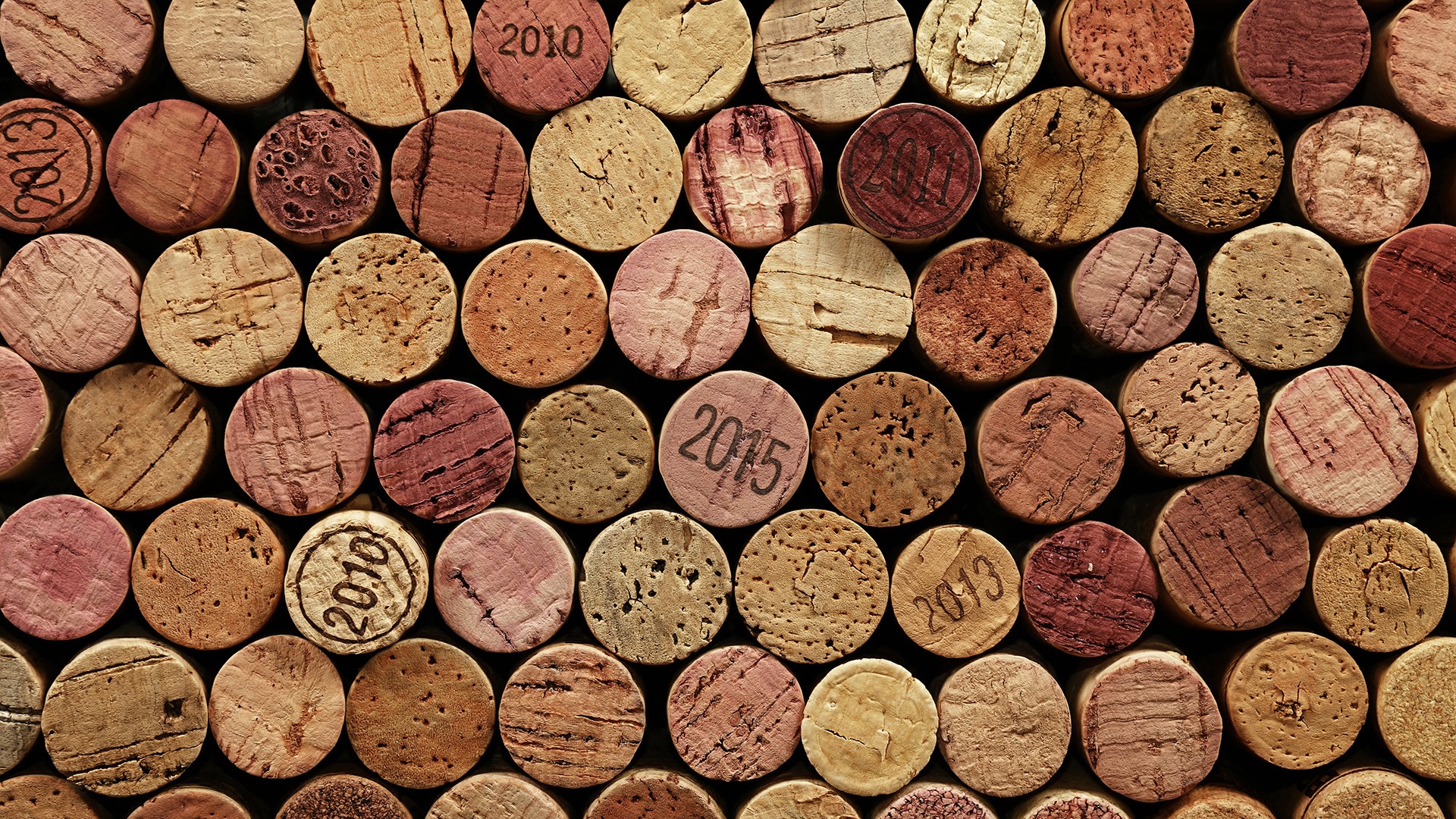
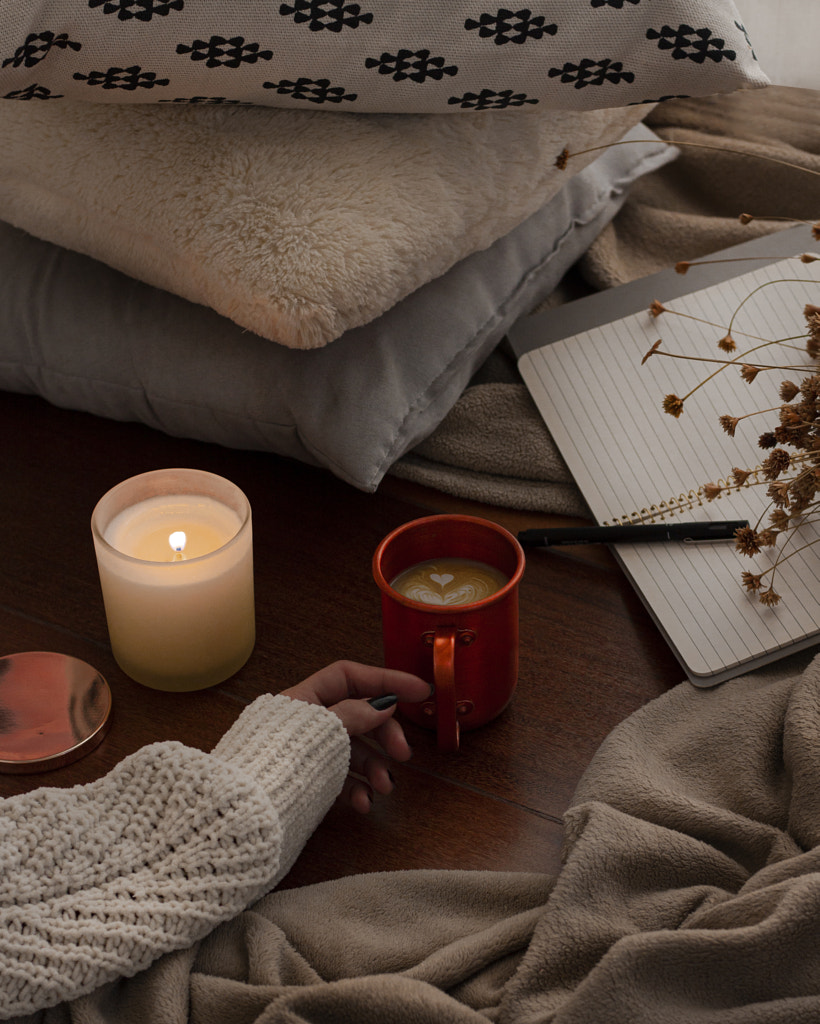

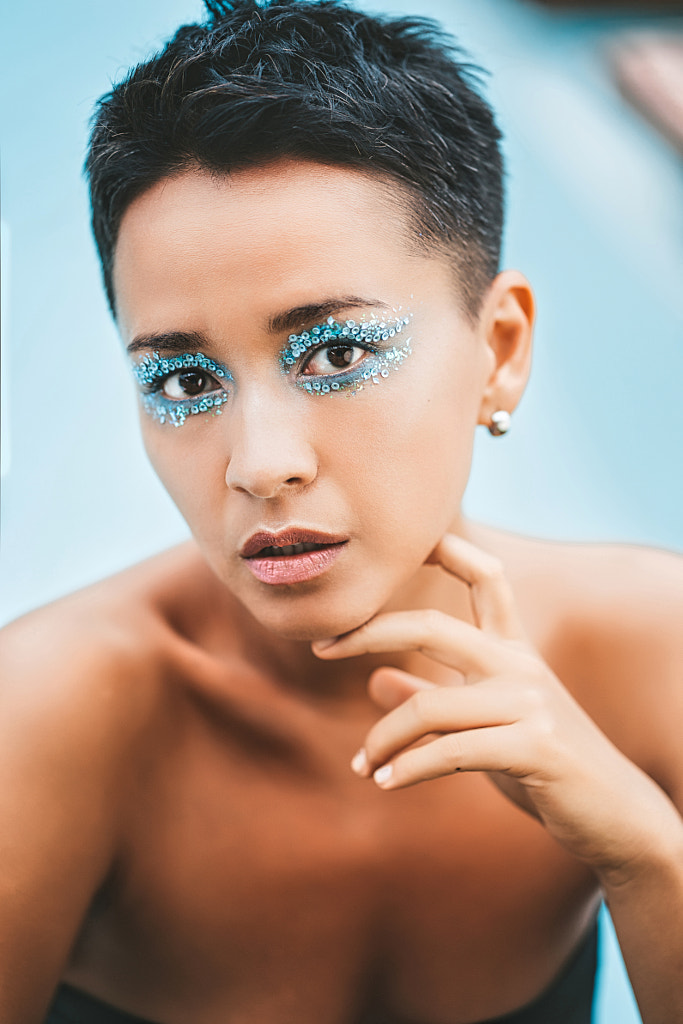


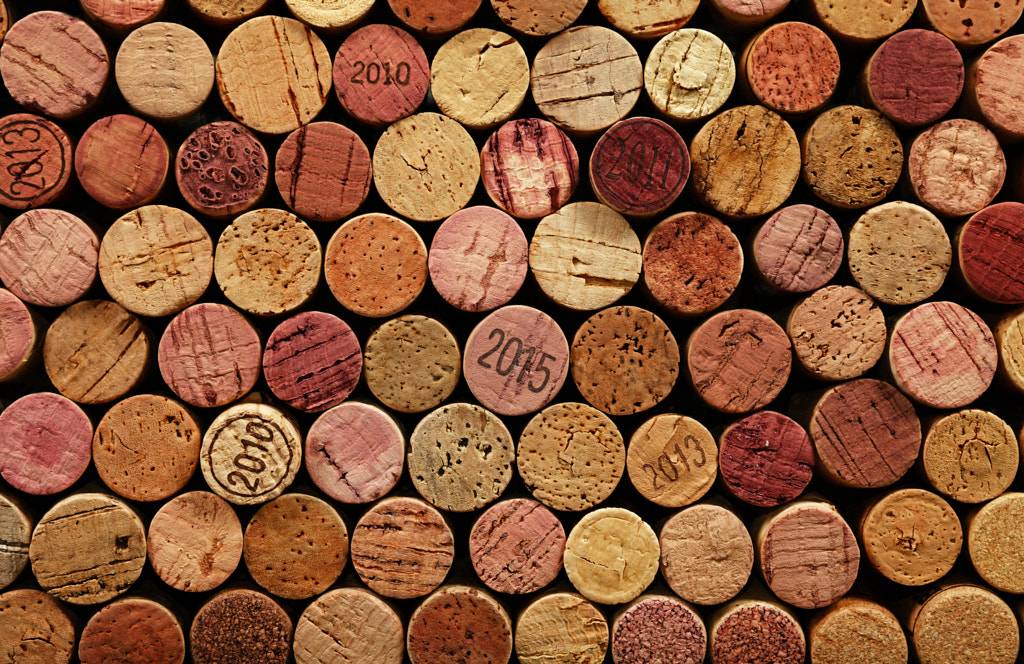
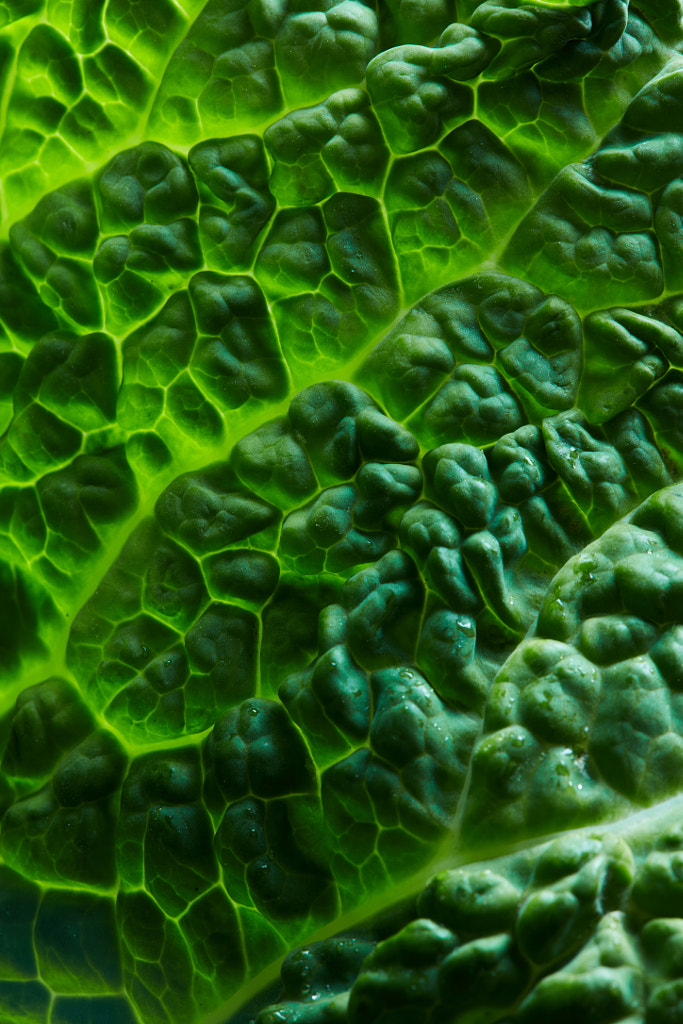
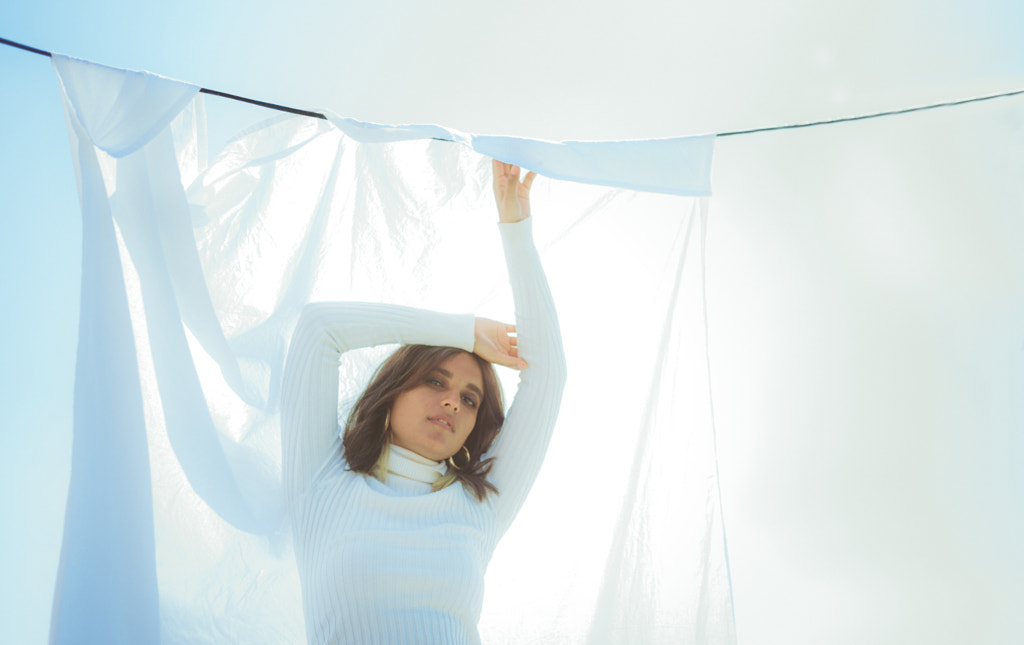
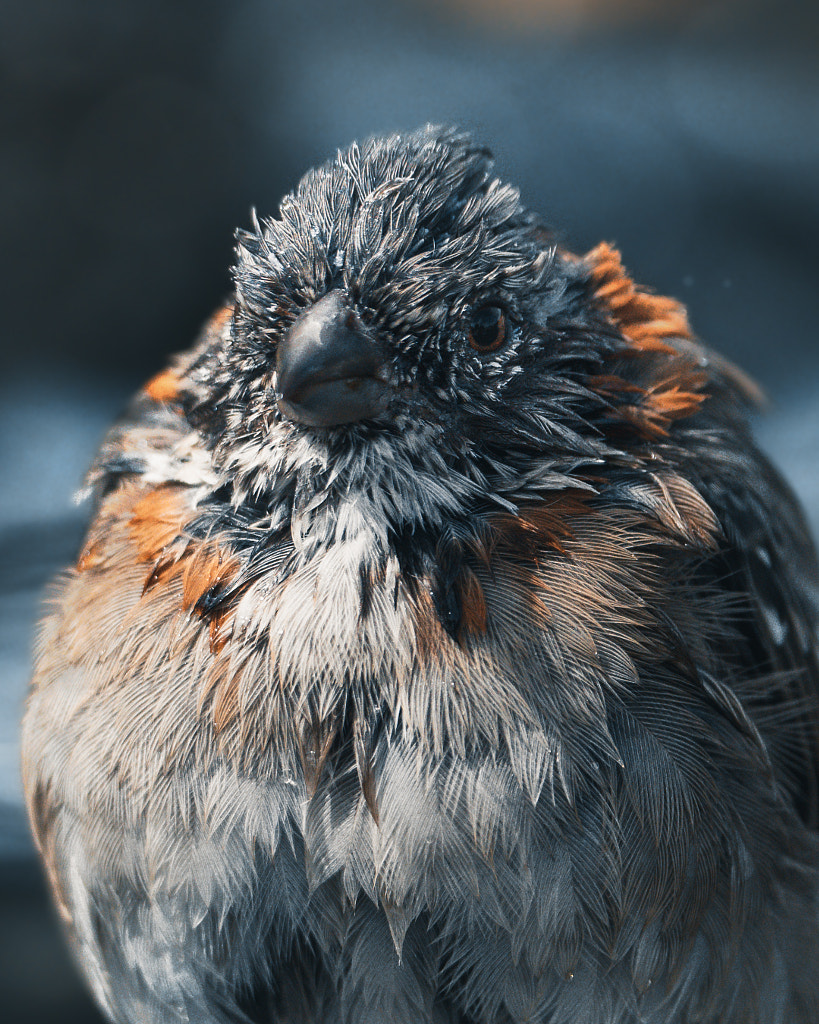
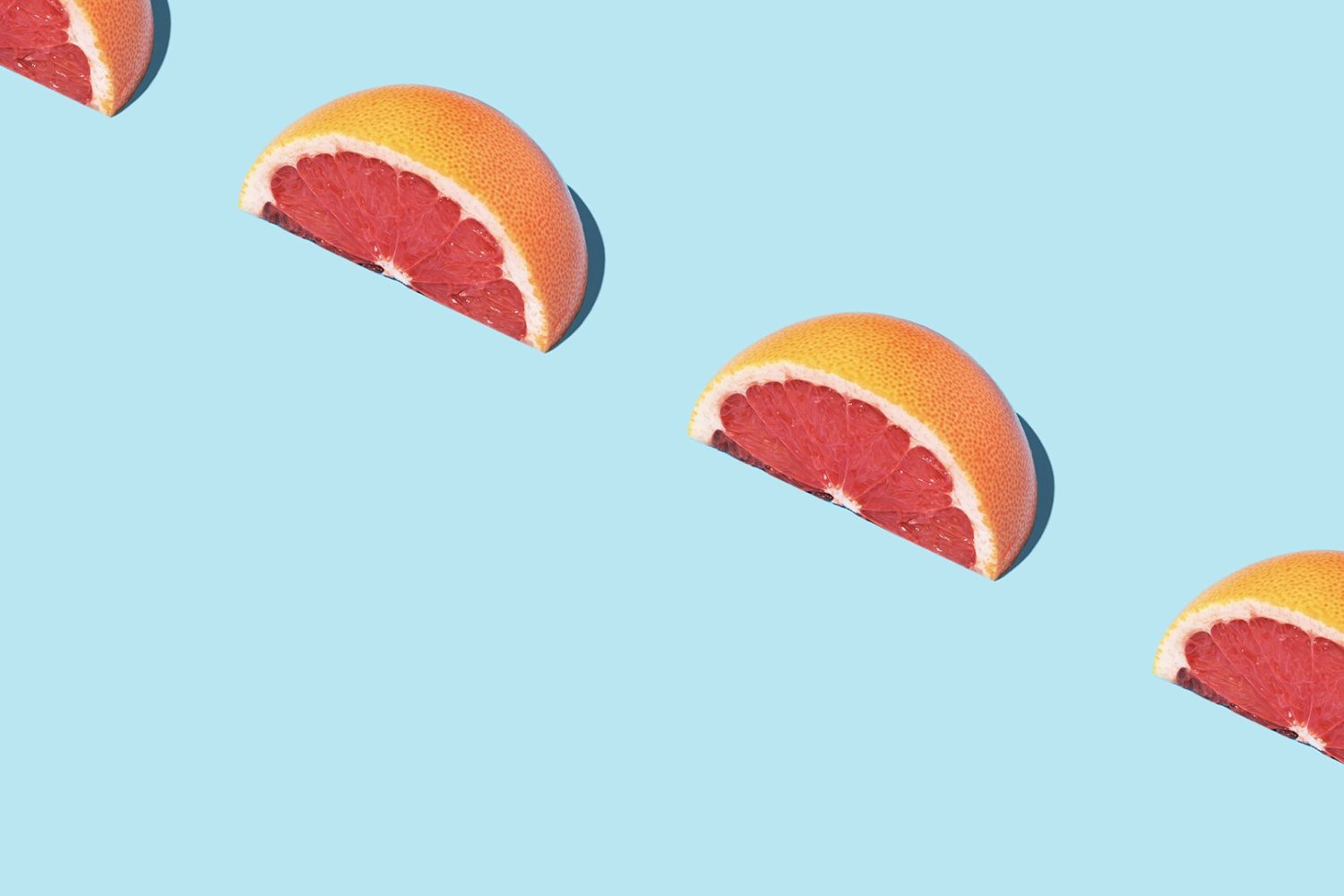
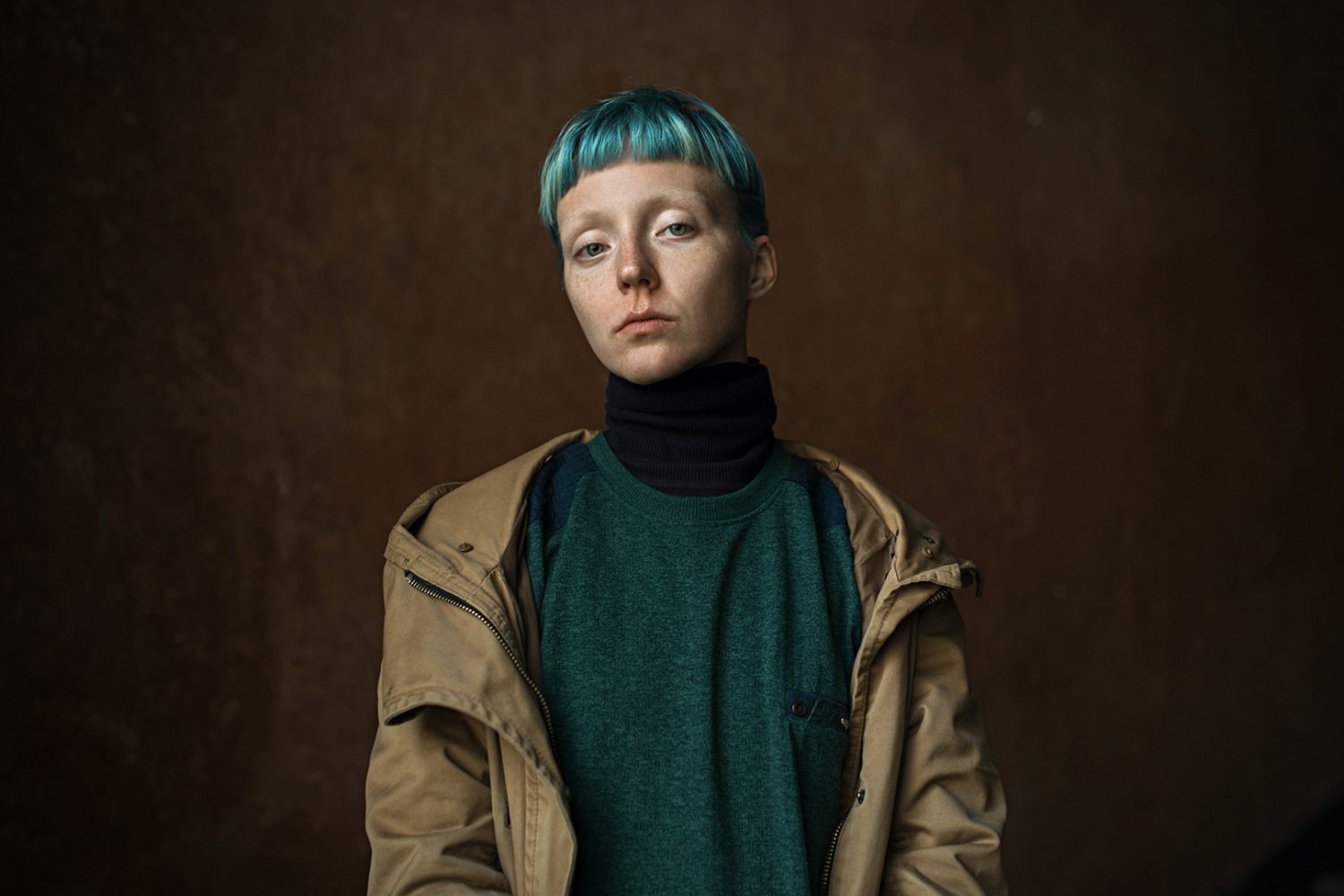


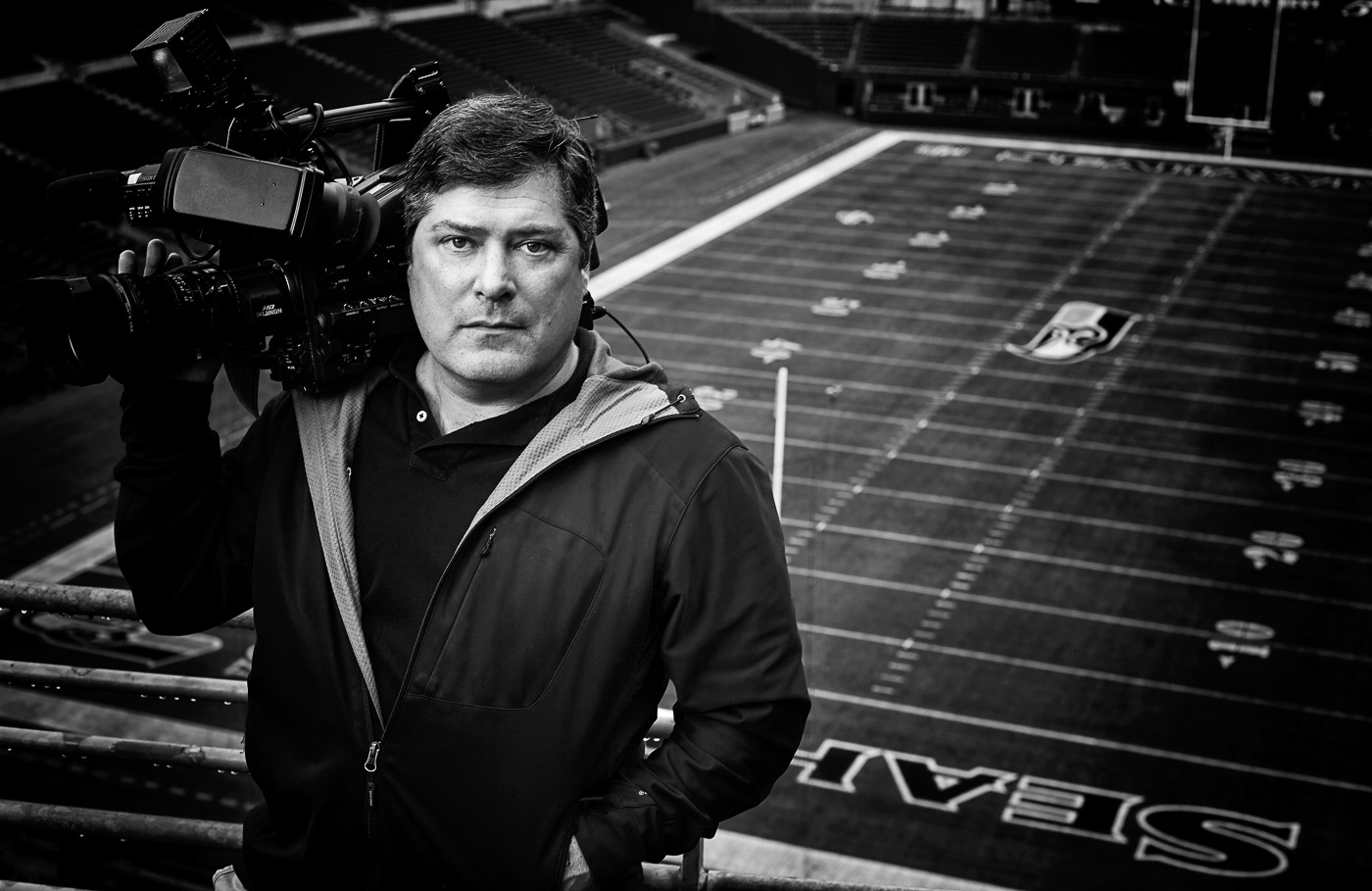
Leave a reply